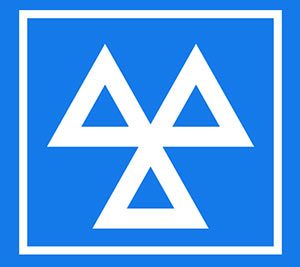 As a registered MOT centre, we know MOTs inside out. But we’re always willing to learn more. That’s why we put our research elves to work finding out some MOT facts and figures – with some results that surprised even us.
As a registered MOT centre, we know MOTs inside out. But we’re always willing to learn more. That’s why we put our research elves to work finding out some MOT facts and figures – with some results that surprised even us.
Let’s see how much you know about this great national institution with five key questions.
When did MOTs begin?
This year, the MOT test is 57 years old – and it shows no signs of disappearing soon. When the test debuted in 1960, it simply tested a vehicle’s brakes, lights and steering. Originally, only vehicles over ten years old had to be tested. But a year later, when the sheer number of failures became apparent, this was reduced to seven years. By 1967, this had dropped to three years, where (with some important exceptions like taxis and ambulances), it has remained ever since.
The MOT checklist has grown over the years, but we were staggered to discover that tyres were not part of the test until 1977. That’s right, it took 17 years before tyres were considered a vital part of our roadworthiness test.
How many MOTs?
How many MOT tests do you think are carried out annually in the UK? 5 million? 10 million? 15 million? Not even close. In the financial year 2014- 2015 (the latest year available at the time of writing), there were 29,341,115 MOT tests carried out in the UK. By far the largest category was, of course, Class 3 & 4 – that’s cars, vans and passenger vehicles with up to 12 seats. The figures also included 1,008,626 motorcycles and 616,000 private passenger vehicles seating over 12.
And we thought we did a lot of MOTs!
How many pass?
You might be surprised – and alarmed – at just how many ‘officially unroadworthy’ vehicles there are on our roads. In 2014-15, for initial tests, the overall pass rate was 62.1%. That means a failure rate just shy of 4/10. The final pass rate ends up at 71.3%. Within those figures lurk some further surprises. Motorcyclists have very high pass rates, with 80.8% passing first time. Down the other end of the scale are the Class 7 vehicles (goods vehicles between 3,000 and 3,500 kg gross) with just 51% passing first time.
What are the most common causes for MOT failures?
To keep things simple, we’ll just consider car MOT failures. No surprises for those of us in the industry, but what would your guesses be? We’ll list the top five for 2014-15. For each one, we quote the percentage of MOT failures for which the fault is reponsible:
- Lighting and signalling – 18.4%
- Suspension – 12%
- Brakes – 9.6%
- Tyres – 7.4%
- Driver’s view of the road – 6.6%
Of course, cars can fail on multiple items – in fact, the average number of fail items in 2014-15 was 2.99.
Are MOT test centres too strict?
MOT testers are only human, and even the best trained ones get it wrong sometimes. But do they err on the side of caution and fail too often, or do they tend to be generous? The Driver and Vehicle Standards Agency’s (DVSA) monitors the accuracy of MOT test centres through carrying out checks at random. Auto Express analysed the DVSA figures for 2014, which was based on a sample of 1800 centres. They found that nationally, centres pass more vehicles that should fail than vice versa. In fact, from their figures, it appears that MOT centres were too lenient 63% more often than they were too cautious.
Where should you take your car for its next MOT?
This one’s not on a government website, but after all those numbers, we thought we could plug our services a bit! We think that if you’re in South Wales and need an MOT, we’re a great choice. We have highly trained technicians, and a comfortable waiting area with free wifi and drinks. If you book in advance, we can even offer an MOT while you wait.
You don’t need a VW group car to get the WVS treatment – so get in touch today.
Sources for this article:

